Broccoli is a type of Mediterranean cabbage that differs from its relatives in its simplicity. This product was popular with the ancient Romans, who used it to prepare various dishes more than 2000 years ago. The Americans did not ignore it either, turning it into an item for export.
If you get to know broccoli better, then he has a lot in common with cauliflower... But there are still some differences. First of all, it surpasses its "colored" counterpart in nutritional value and usefulness. It also stands out with other features: taste, color, degree of density, structure of heads, etc. Although today this healthy vegetable can be purchased in many stores, broccoli grown in your summer cottage is much tastier. After all, there will be much more benefit from it than harm, since chemical fertilizers will not be introduced into the soil during the cultivation process.
It is quite easy to grow this cabbage on the site. The main thing is to adhere to the recommendations exactly. And do not give up the opportunity to try various delicious broccoli dishes, because any gardener can grow this vegetable, regardless of experience and skills.
Content
What varieties and hybrids of broccoli to choose?
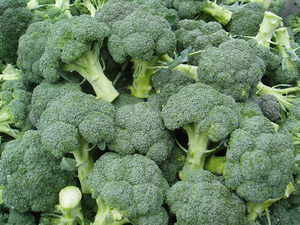 One of the interesting varieties is Romanesco broccoli, which stands out for its original shape. This cabbage has the appearance of a yellow-green cone, which includes many small cones that arranged in a spiral... On closer examination of the vegetable, you can see that all the other cones are composed of smaller ones.
One of the interesting varieties is Romanesco broccoli, which stands out for its original shape. This cabbage has the appearance of a yellow-green cone, which includes many small cones that arranged in a spiral... On closer examination of the vegetable, you can see that all the other cones are composed of smaller ones.
However, this is not the only type of broccoli that can be grown today. The Ganlan, variety is one of the most commonly used cultivars in China. It looks like regular broccoli, but the difference is its blue color. The Chinese also appreciate the Japanese broccolini hybrid (Xilanhua 西兰 花). Its main feature is that it includes bunches of inflorescences located on long shoots. This product is often used by many restaurants. Hot side dishes are prepared on its basis, and it can also be served raw in addition to other vegetables.
Early maturing varieties
Among the early ripe varieties of cabbage Broccoli Some of the popular ones that reach the technical maturity stage quite quickly are the following:
- Vitamin. It has rather small heads that are medium density and green;
- "Vyarus". It grows in the form of a horizontal rosette, in which the bubbly leaves of a gray-green color are located, while the heads themselves are small and have a pleasant taste;
- Green Sprouting. This vegetable consists of medium-density heads;
- "Emperor" F1. After 75-80 days from the moment of planting, dark green, large, dome-shaped heads begin to form;
- Comanche. Compared to other varieties, this broccoli is more resistant to flowering, and also better withstands low and high temperatures;
- Corvent »F1.This variety is among the very early, can grow in conditions of thickened plantings, has large heads of grayish-green color;
- "Linda". Upon reaching technical maturity, it forms tasty heads with a dark green color; it can form no more than 6 lateral heads.
Mid-season varieties
These varieties of broccoli are abundant. Among them the following deserve special attention:
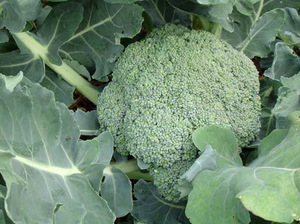 Atlantic. In the process of development, it acquires a high stem, forms a powerful rosette of leaves, the heads are quite large;
Atlantic. In the process of development, it acquires a high stem, forms a powerful rosette of leaves, the heads are quite large;- Arcadia F1. It belongs to the number of fairly productive hybrids, there is a powerful stem that reaches a great height, forms a head of a dark green color;
- Balboa F1. This variety has a large, light-colored head and has a pleasant taste;
- Genoa. This broccoli is ideal for dense plantings. In the process of growth, it forms dome-shaped heads, which do not lose their taste for a long time;
- "Gnome". The variety forms wavy leaves, and the head has a pleasant taste and has a gray-greenish color;
- Greenbelt. By the time of harvest, a high density head is formed, the stem itself is high and powerful;
- Green Favorite F1. It is one of the most productive broccoli varieties.
Late-ripening varieties
These varieties of broccoli are less commonly grown than early and mid-season varieties. Interesting hybrids include:
- "Lucky" F1. Forms a head of large size, high density, has a pleasant taste;
- Marathon F1. An adult plant has a raised rosette of leaves; the head itself is green and large.
Growing broccoli seedlings
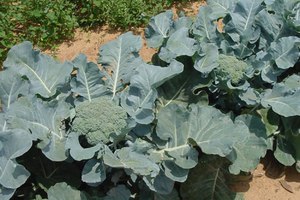 If you are thinking about when it is best to sow broccoli seedlings, then it is recommended to plan this work in the first half of March. A common practice among gardeners is to plant broccoli in stages. The deadline is usually 20 June. Starting in May, it is allowed to sow on a prepared bed.
If you are thinking about when it is best to sow broccoli seedlings, then it is recommended to plan this work in the first half of March. A common practice among gardeners is to plant broccoli in stages. The deadline is usually 20 June. Starting in May, it is allowed to sow on a prepared bed.
To obtain strong and healthy seedlings from seeds, it is necessary carry out certain activities for their processing. The first priority is sorting, after which only the largest and most complete specimens should remain. Next, you need to soak in a solution of trace elements. The seeds should be in it for 1 hour, and after extraction they must be allowed time to dry. You can sow them even when the grains will not stick to your fingers. If you do not have much experience in sowing broccoli seedlings, then it is not recommended to use late-ripening varieties, since even more experienced gardeners often fail to get a good harvest from these types of plants.
The seeds must be buried 1 cm in the ground. Fertilizers rich in boron and molybdenum are used as top dressing.
When the seedlings will form 4-5 leaves, they begin to be transplanted into the ground. The most suitable time for this is April-first decade of May. Before sending the seedlings to a permanent place, the bed must be thoroughly shed to a state of "dirt".
Even if after sowing a wave of spring frosts passes, it will not harm your plantings, since broccoli is a cold-resistant crop. If severe frosts are expected, then you will have to insulate the seedlings by covering them with non-woven or other material.
In the first half of May, the weather is stable enough to be able to sow broccoli in the open field in a permanent place. When sowing, it is necessary to observe the correct seed placement pattern - 30 x 50 cm.
Caring for broccoli cabbage
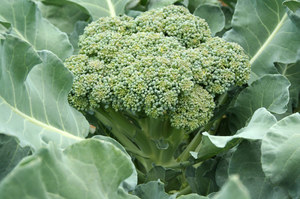 Photos of this vegetable make it easy to understand how beautiful it looks at the stage of technical maturity.However, before that, the gardener will have to make a lot of effort, solving many important issues.
Photos of this vegetable make it easy to understand how beautiful it looks at the stage of technical maturity.However, before that, the gardener will have to make a lot of effort, solving many important issues.
Seat selection... It is recommended to choose a well-lit area for planting broccoli. It is allowed to plant even between trees, the main thing is that enough light penetrates there.
The soil. It is recommended to plant broccoli in areas with non-acidic soil. To reduce acidity, you can add chalk or lime when digging. Good results can also be achieved with compost and ash. The introduction of superphosphate into the soil at the rate of 10 grams per 1 square meter also improves its fertility.
To create favorable conditions for the growth of broccoli, it is recommended to frequently loosen the soil in the root zone. This will help not only provide plants with the necessary amount of oxygen, but also remove weeds, and also increase the absorption of fertilizers. The site chosen for planting broccoli should be free of harmful weeds, including dandelions. Hilling also gives good results.
Watering and feeding... It is necessary to water the broccoli often enough, but in small portions, otherwise your garden will resemble a swamp. In hot weather, spraying can be carried out for additional moisture.
While top dressing is good for cabbage, it should be done in moderation. For the first time, use a diluted mullein: dilute one mayonnaise can of fertilizer in a bucket of water and add 1 teaspoon of urea to this mixture. It is necessary to apply this fertilizer after planting cabbage seedlings to a permanent place, waiting for the moment when the seedlings take root. It usually takes 2 weeks after planting. In cases where the method of growing planting seeds directly into open ground is used, then fertilizing in this case is applied only after 3 weeks from the moment of emergence.
Second time cabbage fertilized with saltpeter... It must be applied two to three weeks after the first feeding. Popular experience shows that saltpeter is indispensable for a good cabbage harvest. It is necessary to fertilize plants at the beginning of summer: for this, saltpeter is taken with a volume corresponding to one box of matches, and diluted in a full liter of water.
During summer feeding, it is advisable to avoid applying too much nitrogen. It is also necessary to provide plants with potassium and phosphorus, the deficiency of which can negatively affect the quality of the crop.
To avoid an imbalance between fertilizers, it is recommended to use balanced cabbage dressings. They can be purchased at any gardener store.
Pests and diseases... The biggest threat to broccoli comes from hungry caterpillars. You can remove them by hand. However, there is a less laborious method: for this plant, you can protect it with thin lutrasil.
To keep pests less interested in broccoli in your area, it is helpful to plant cruciferous crops nearby. It is necessary to ensure that no harmful weeds, especially the rape, do not grow. Most often, the cause of many diseases is non-compliance with the rules of agricultural technology.
Additional terms. To obtain a good harvest, it is necessary to create favorable temperature conditions for broccoli: the optimal mode is 16-24 degrees. Plants can withstand short-term frosts no stronger than -5 degrees. If a stronger cold snap is expected, then it is recommended to carry out measures to warm the plantings.
Conclusion
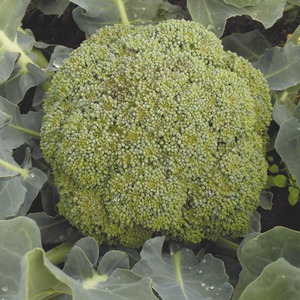 It is not so difficult to grow broccoli at a summer cottage, because in many ways of growing it does not differ from its relatives. However, still here there are nuanceswhich must be taken into account by the gardener. First of all, you need to remember that this vegetable is the least cold-resistant of all types of cabbage. Therefore, it is necessary to constantly monitor information about possible frosts and, if necessary, cover the plantings.
It is not so difficult to grow broccoli at a summer cottage, because in many ways of growing it does not differ from its relatives. However, still here there are nuanceswhich must be taken into account by the gardener. First of all, you need to remember that this vegetable is the least cold-resistant of all types of cabbage. Therefore, it is necessary to constantly monitor information about possible frosts and, if necessary, cover the plantings.
However, a high yield can be obtained only with an integrated approach to growing broccoli. Therefore, it is necessary to pay attention not only to the correct choice of place, but also to create favorable conditions for the growth of cabbage. Top dressing is also required.
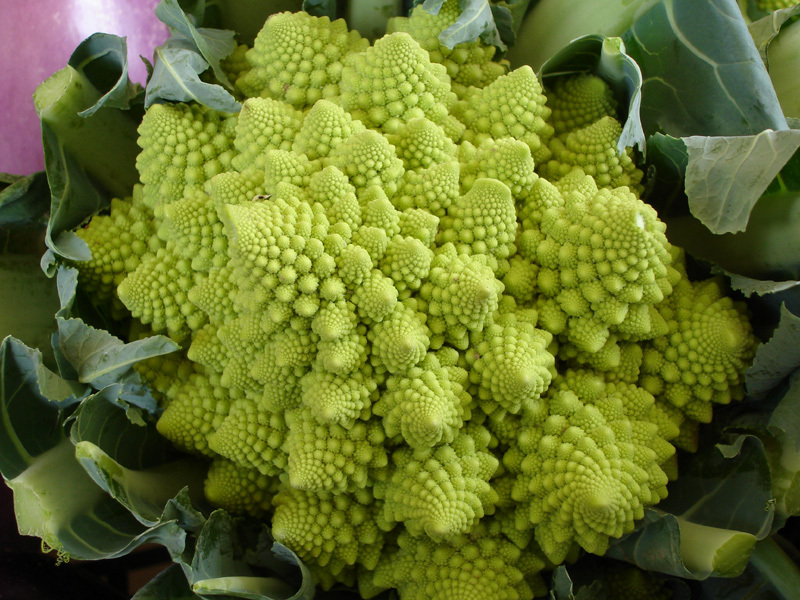
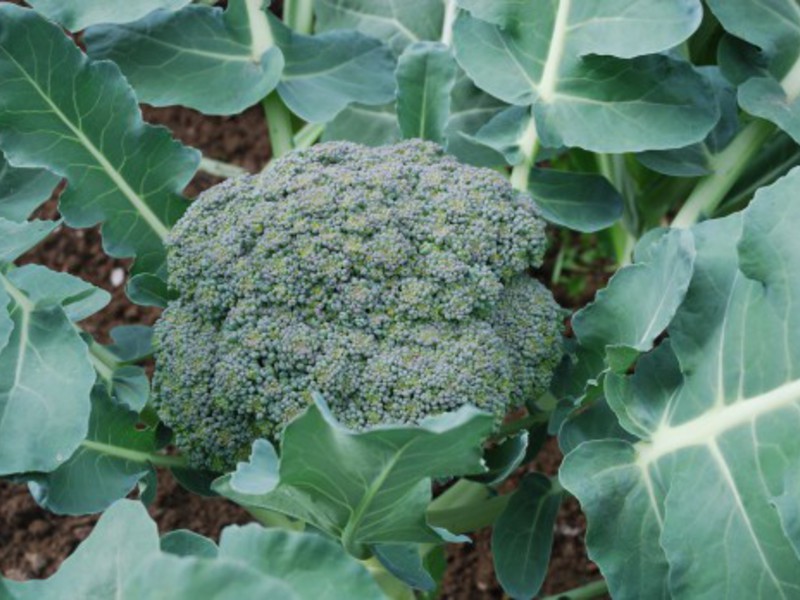
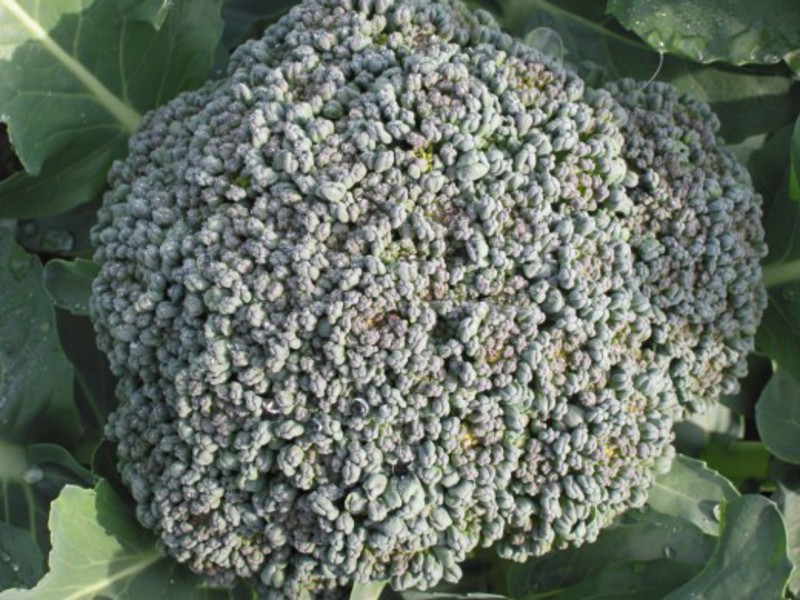
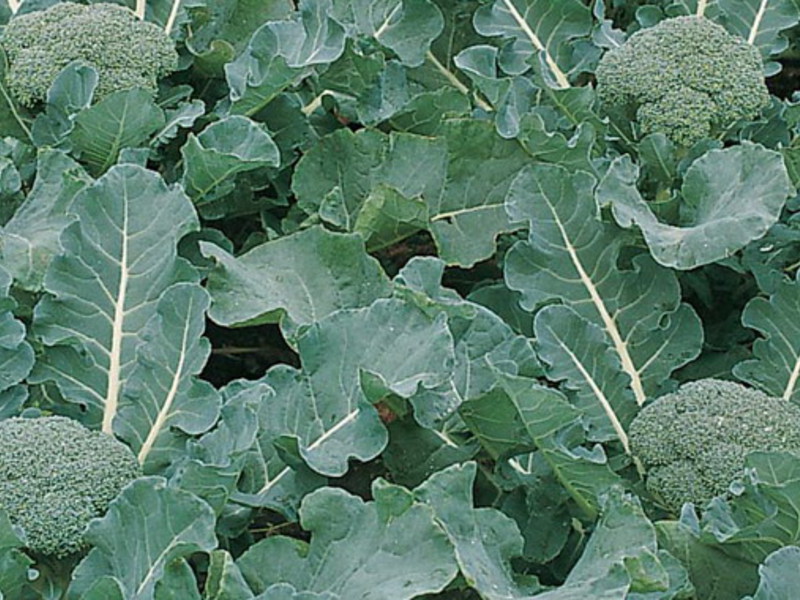
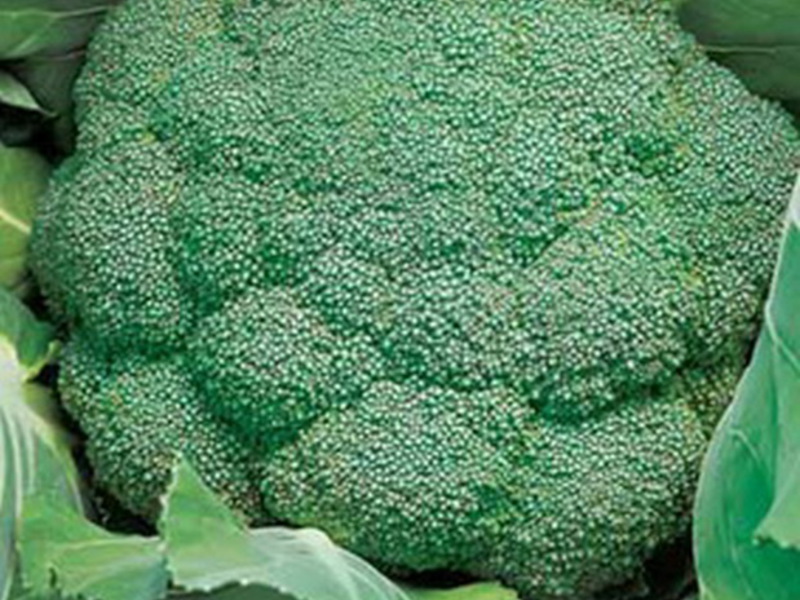
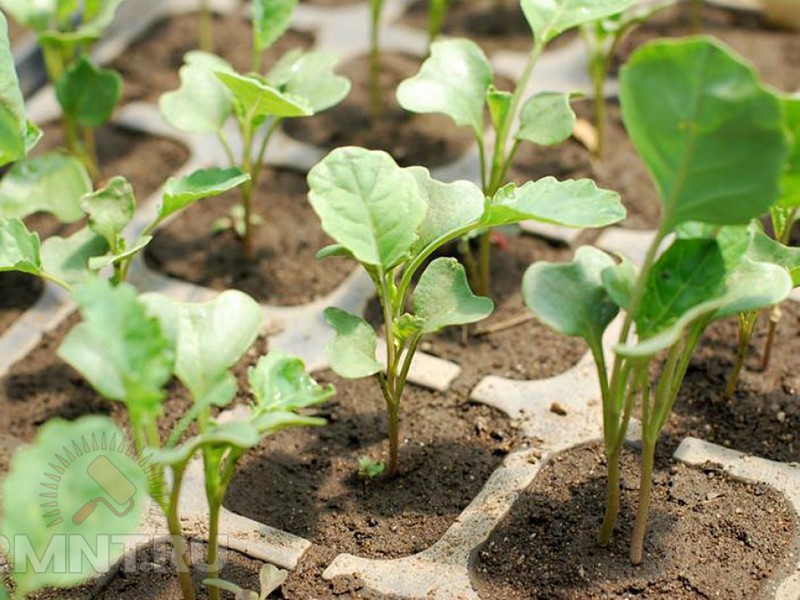
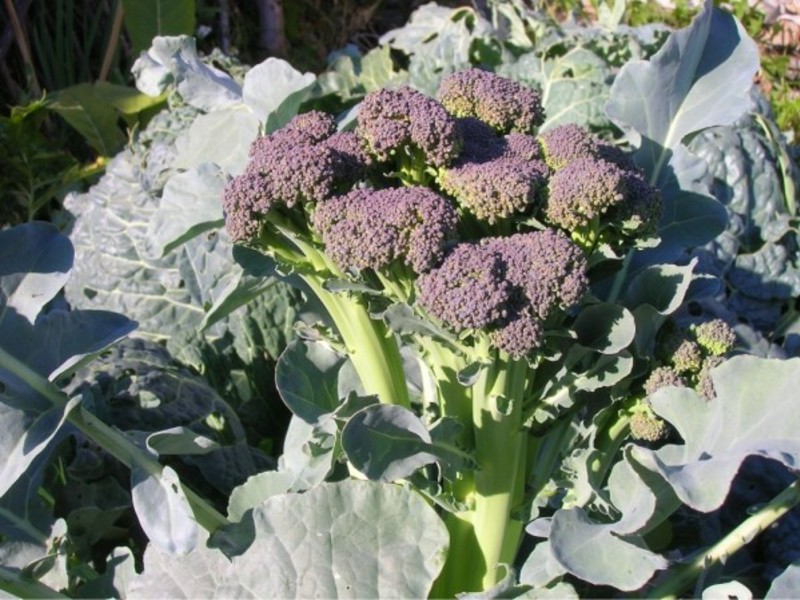
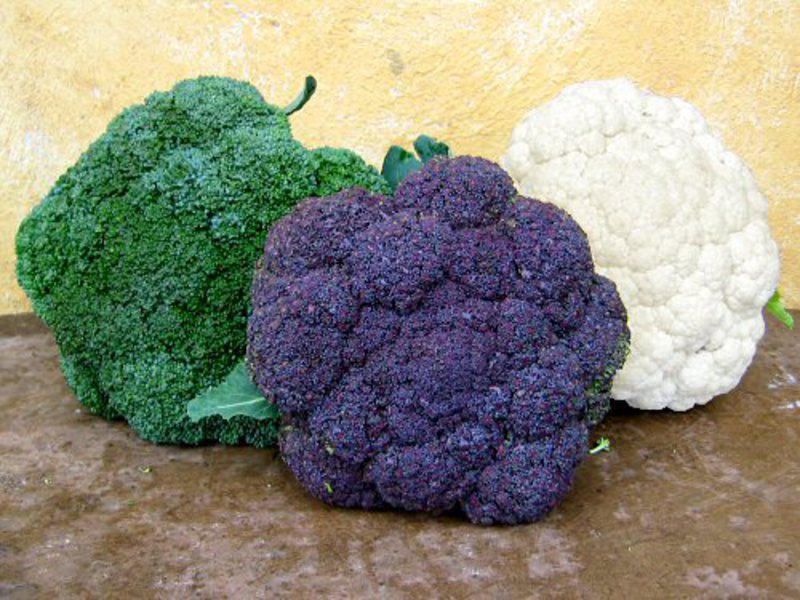
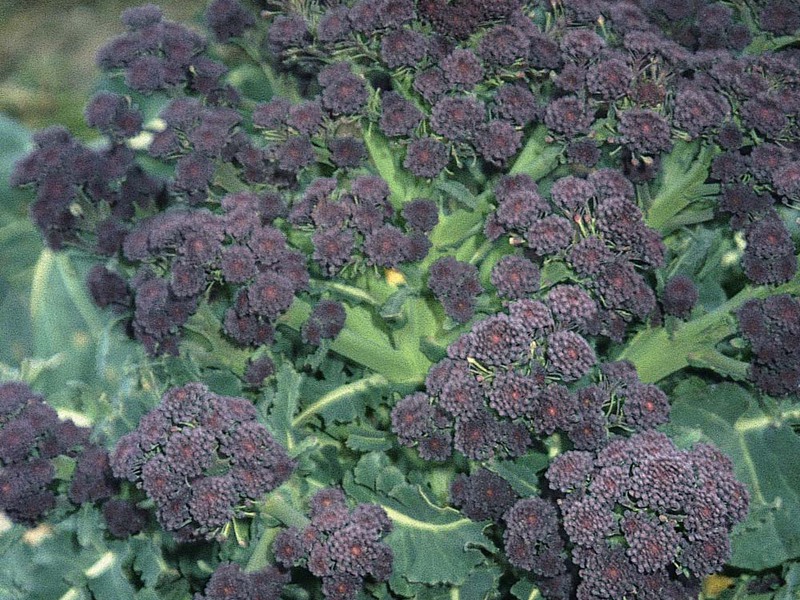
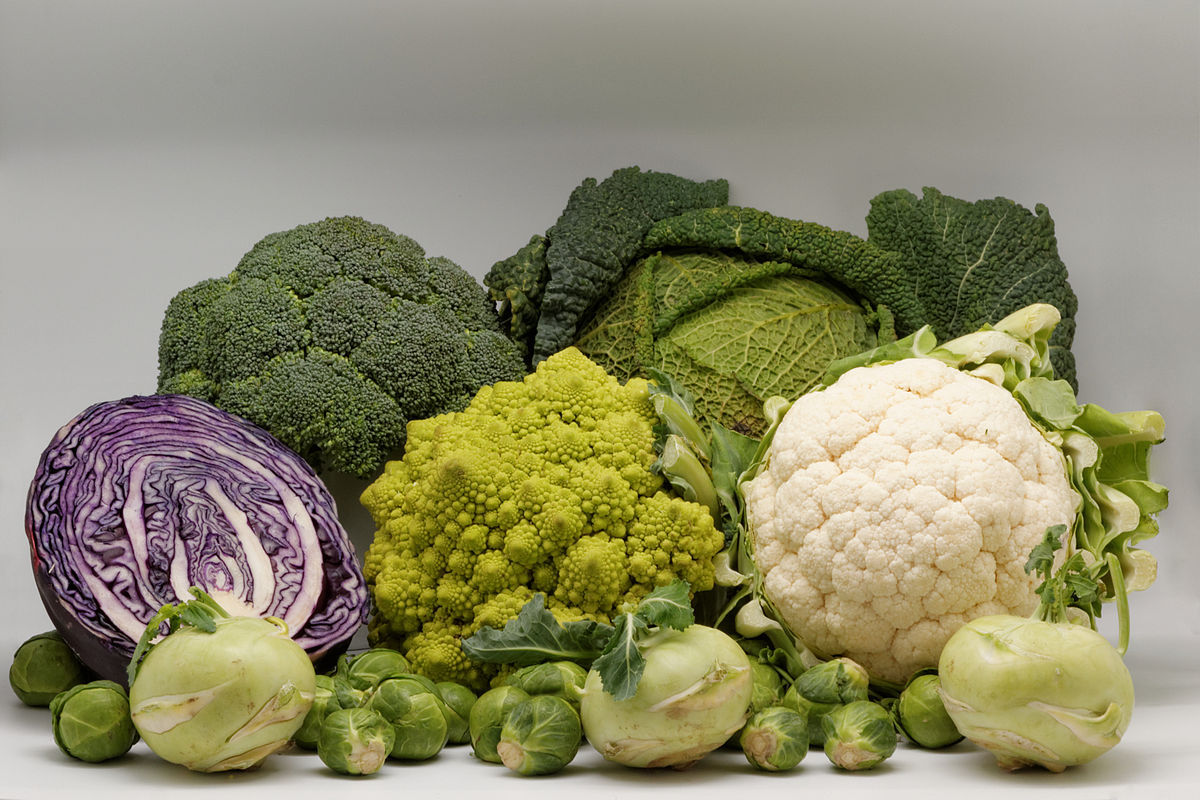

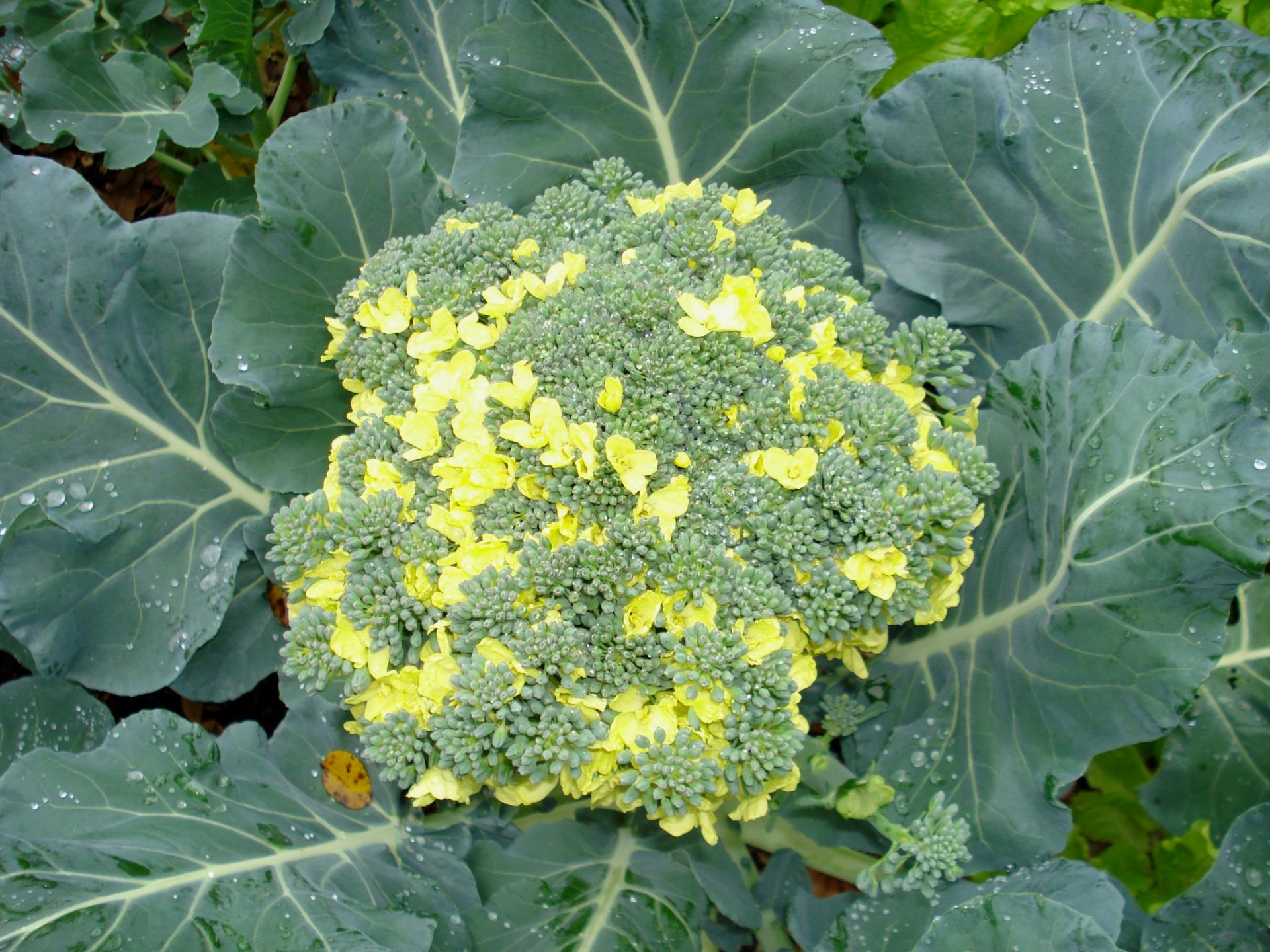
1 comment